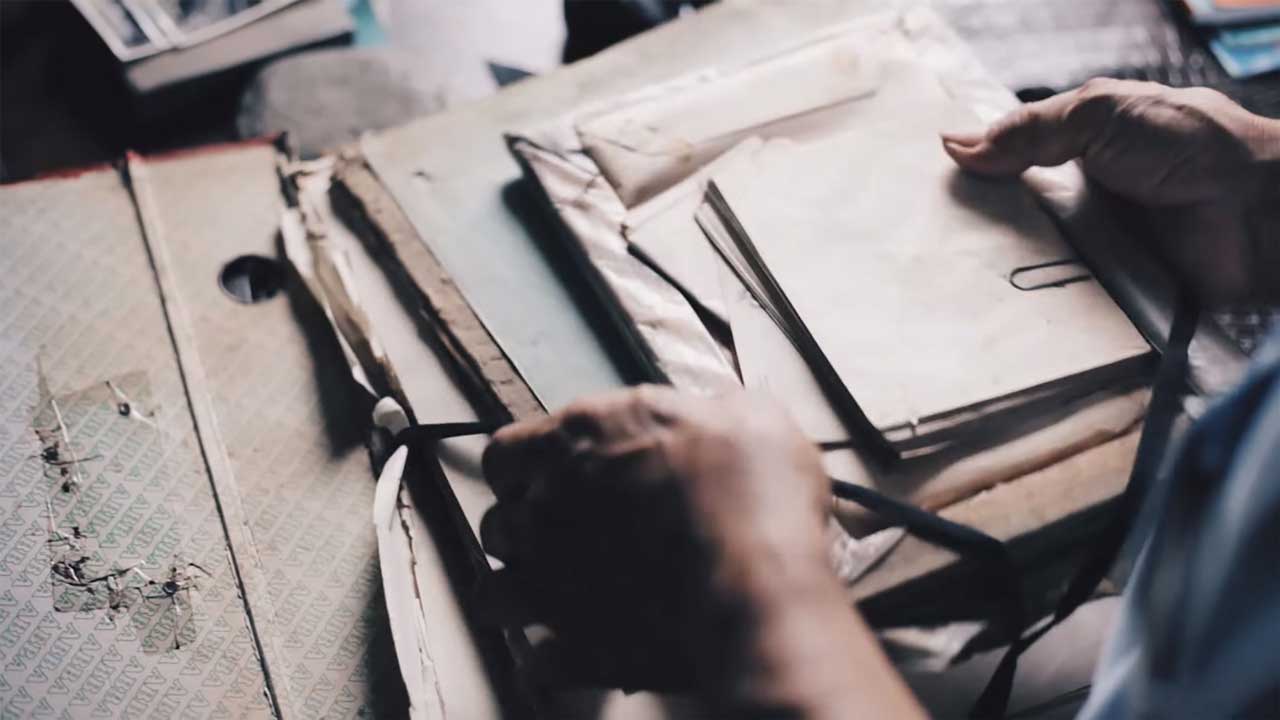Jan 3rd 2019
Have you ever thought about writing your own memoir? Thousands have, and quite a few have actually done it. But trying to recall a lifetime of moments, feelings, and events is tough.
Memories don't always tell the truth. And what you're left with is something that doesn't reflect you, your family or your life. This is why more and more people are creating memory books instead.
Of course, life is a marathon, not a sprint. We all experience life-changing events and milestones. It would be impossible to chart an entire life in a single memory book, which is why so many people choose to create multiple "volumes". One installment, for example, might focus on marriage, while another might be dedicated to graduating from college.
What is a Memory Book?
The basic premise of a memory book is to create a collection of memories -- as they happen. And in most cases, it involves the creation of a scrapbook. And that's it.
You might have a different take the concept, which is great. The important thing here is that your memory book is what you want it to be.
Most people include photos, text, clippings, illustrations, captions, and mementos. But there's no limit or restriction on what you can add to your own memory book. The goal is to create something that captures those special or momentous occasions in your life. How you get there is pretty much up to you.
If you're new to memory books, use the following tips and advice to get your own project up and running.

Choose the Right Package
Anyone can collect photos, scribble down notes, and store them all together in a box. But when you do that, memories become confused and out of order when you come to review them.
Ideally, your memory book should tell the story of your life -- preferably in chronological order. For these reasons, it's best to use a binder, a photo album, or a scrapbook.
A powerful photo editing platform allows you to do everything you'd do with a traditional binder or scrapbook. For instance, you can scan clippings, relevant documents, and various keepsakes -- then upload them to your digital memory book in just a few seconds.
Create a Beginning
In many cases, this is the most difficult job of all. After all, you might be well into your own life when you decide to start a memory book. Choose a momentous occasion to act as the beginning of a story. Suitable moments include a milestone birthday, the birth of a child, or a change of career.
Make a Cast List
A good memory book includes all of the most important people in the subject's life. Ideally, each of those people should have a place in the book, but omitting one is easily done. Start by creating a list of the special people in your life, and include a memory and photo featuring each one of them.
Don't Rely on Just Your Own Photos
There's no reason why your memory book can't be a collaborative effort between you and the people you love. Whenever you're meeting the special people in your life, ask to see their most recent photos. And when they pertain to you in some way, include them in your memory book -- along with a few lines of text.
Include the Hard Moments in Life
No person's life is picture perfect. There are always tough times to deal with, and you should remember them just as much as the happy times.
Indeed, some would say that the most challenging events in a person's life are often the most cathartic. They're usually the most interesting. Capturing these moments often causes pain at the time, but doing so creates an accurate picture of your life.

Embrace Technology
There's nothing wrong with literally cutting and pasting your memories into your book. But you can make it even more interesting by using the latest technology. For example, the Apple photo editing tools available in Mimeo Photos allow you to make improvements to your images while creating your book. Not only that, the app gives you the opportunity to create a stylish and logical memory book from scratch.
Moreover, Mimeo Photos allows you to build your memory book over a lifetime. Add photos, messages, and mementos whenever you wish. In effect, your memory book is a constant "work in progress." Keep adding to it whenever a new memory springs to mind.
Interview People
Life throws up many different challenges, experiences, and unexpected events. Telling these stories from your own point of view is easy. But getting other points of view can add depth to a memory book.
For example, the birth of a child usually involves more than one person. The mother's partner, close family, special friends, and even clinicians share this special moment too. By interviewing them at the time, you can tell your own story from another's unique viewpoint.
Don't Stage All Your Photos
Some events and life moments are best photographed in a formal way. Think of graduations, family portraits, and similar milestone events. But there are times when taking a more flexible approach to photography is the way to go.
Why? Well, because life isn't rigid.
We don't get to compose ourselves for a shot before any of life's biggest moments. Your images should reflect that sense of chaos and randomness. Take photos when people least expect them. Take photos from many different angles. Choose different lighting levels, perspectives, subjects, heights, apertures, and shutter speeds.
Above all, make your camera dance to the tune of life -- rather than the other way around.
Record at Least One Memory a Day
You won't experience momentous events every day. In fact, the big occasions of life often take years to arrive. But this doesn't mean that your everyday interactions, movements, and achievements aren't worth remembering. Commit to recording at least one memory a day. And assign a relevant image to it. When you come to read your memory book years from now, those seemingly mundane moments could be some of the most profound.
There is no right and wrong when it comes to creating a memory book. But these simple tips should set you off in the right direction.




